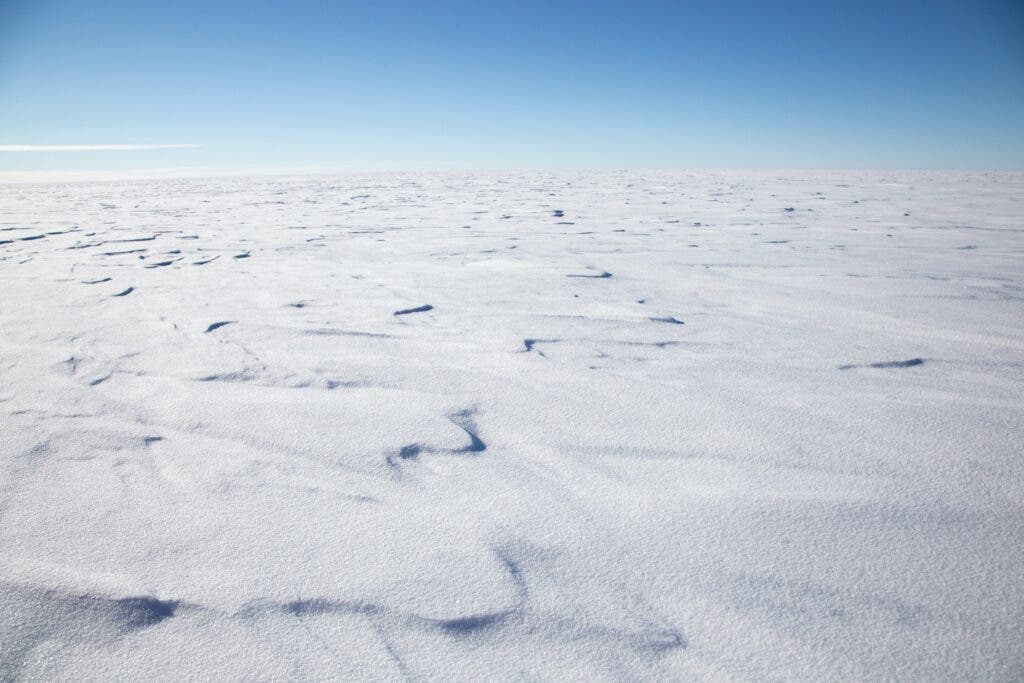Scientists studying the physics and dynamics of Antarctica’s ice sheets have discovered a new potential weak spot that could accelerate sea level rise over the next several hundred years. Antarctica has already seen temperature increases of 3 degrees Celsius — five times the mean rate of global warming reported by the IPCC, and this heating could be more impactful than we thought.

The researchers at Stanford University identified a process that could have a significant effect on the future of the ice sheets: the thawing of the bed (also known as basal thaw) which happens at the interface of the land and the ice sheet above it. They identified areas that aren’t losing much ice now but could become a contributor to sea level rise.
“You can’t necessarily assume that everywhere that’s currently frozen will stay frozen,” senior study author Dustin Schroeder, a study co-author and an associate professor of geophysics at the Stanford Doerr School of Sustainability at Standford University, said in a statement. “These regions may be under-appreciated potential contributors.”
Exploring sea level rise
The researchers modeled how the blocks of ice in Antarctica behave where they meet the ground and found that basal thaw could happen over short time scales. They then tested whether the onset of such thaw could trigger significant ice loss within a 100-year period and found this was the case usually not associated with ice instability.
Lead study author Eliza Dawson, a PhD student in geophysics, explained that there have been almost no studies looking at the onset of thawing, the transition from frozen ice to ice at a melting point, where water at the bed can cause the ice to slide. “We were interested in learning how big an effect thawing could have,” she said in a statement.
The researchers then modeled temperature changes at Antarctica’s base according to changes in friction caused by the ice sheet moving over the land below it. These simulations showed that in East Antarctica, a stable region compared to west Antarctica, the Enderby-Kemp and George V Land areas would be sensitive to thawing.
Also, within the George V Land, the Wilkes Basin could become a leading sea-level contributor if thawing happened, according to the simulations. This is comparable in size to the fast-evolving and likely unstable Thwaites Glacier in West Antarctica, the researchers said. Thwaites is holding on “by its fingernails” according to a recent study.
The researchers said they don’t know what forces could trigger thawing at the bed in the potentially susceptible regions identified in the study, or how soon this could happen. One driver could be the changing ocean conditions. Warm water doesn’t reach East Antarctica as it does in West Antarctica but it’s close, so that could potentially change.
This shows the importance of measuring, understanding, and modeling the temperature at the base of ice sheets, the study concluded, as the biggest uncertainty in future sea level rise comes from the contribution of processes that can alter the behavior of big ice sheets. Sea level rise is caused by added water from glaciers and ice sheets and the expansion of seawater.
The study shows that measuring, understanding, and modeling the temperature at the base of ice sheets is important for understanding our future, as the biggest uncertainty in sea-level rise projections is the contribution from processes that can shift the behavior of ice sheets like Antarctica. Further studies will be needed on these regions, the researchers said.
The study was published in the journal Nature.






